In the world of culinary arts and home cooking, the preservation of fresh ingredients is just as crucial as the cooking process itself. Among these ingredients, mushrooms hold a special place due to their delicate nature and susceptibility to spoilage. While many home cooks instinctively reach for plastic bags to store their mushrooms, recent studies and expert recommendations suggest that paper bags might be the superior choice for keeping mushrooms fresh for longer periods.
The science behind mushroom preservation is fascinating. Mushrooms are living organisms even after they are harvested, and they continue to respire. This respiration process releases moisture, which, when trapped in a plastic bag, creates a humid environment conducive to bacterial growth and accelerated spoilage. Paper bags, on the other hand, offer a breathable environment that allows this excess moisture to escape while still protecting the mushrooms from drying out completely.
Chefs in high-end restaurants have long understood the benefits of paper bag storage for mushrooms. The porous nature of paper creates an ideal microclimate – it maintains enough humidity to prevent dehydration but allows sufficient air circulation to avoid condensation buildup. This balance is crucial because while mushrooms are about 90% water, they don't benefit from sitting in accumulated moisture, which can lead to slimy textures and off-flavors developing within just a couple of days.
Another advantage of paper bags lies in their ability to absorb some of the moisture released by the mushrooms. This absorption helps regulate the environment inside the bag more effectively than plastic, which simply lets moisture accumulate. The result is mushrooms that maintain their firm texture and earthy flavor for up to twice as long compared to plastic storage. This extended freshness can make a significant difference in meal planning and reduce food waste in household kitchens.
The type of paper bag matters as well. Brown paper bags, typically used for lunches, are ideal because they're untreated and free from inks or dyes that could transfer to the mushrooms. These bags are also sturdy enough to protect the delicate mushrooms from bruising while being stored in the refrigerator. Some specialty food stores even sell mushrooms pre-packaged in paper bags, recognizing the superior preservation qualities of this method.
Proper technique enhances the effectiveness of paper bag storage. Experts recommend placing mushrooms in a single layer within the bag and folding the top over a couple of times before refrigerating. This method prevents overcrowding, which can lead to bruising and faster spoilage. For larger quantities, using multiple smaller paper bags is better than cramming all the mushrooms into one large container. The refrigerator's crisper drawer provides the perfect spot for mushroom storage, as it maintains slightly higher humidity than the rest of the fridge while still allowing for adequate air circulation.
Plastic bags aren't completely without merit – they can be useful for very short-term storage or transportation. However, even in these cases, leaving the bag partially open or poking small holes can help mitigate some of the moisture buildup issues. For consumers who purchase mushrooms in plastic clamshell containers, transferring them to a paper bag once home can significantly extend their shelf life. This simple switch can mean the difference between mushrooms that last three days versus a week or more.
The environmental impact of storage choices shouldn't be overlooked either. Paper bags are biodegradable and typically made from renewable resources, making them a more sustainable choice compared to plastic bags that may persist in landfills for centuries. Many paper bags can also be reused several times for mushroom storage or recycled after use, further reducing their environmental footprint. This eco-friendly aspect adds another layer of appeal to the paper bag method for environmentally conscious consumers.
Understanding why paper works better requires examining mushroom biology more closely. Mushrooms don't have the same protective outer layer that many fruits and vegetables possess, making them particularly vulnerable to their storage environment. The cell walls of mushrooms are delicate and easily damaged by excess moisture or lack of air circulation. Paper bags provide just the right amount of protection without creating the extreme conditions that lead to rapid deterioration.
Some mushroom varieties benefit more from paper bag storage than others. Delicate varieties like chanterelles or morels, which are particularly prone to moisture damage, show remarkable improvement in shelf life when stored properly in paper. Even common button mushrooms and creminis, which might seem hardy, maintain better texture and flavor when kept in paper rather than plastic. The only exception might be very dry mushroom varieties like shiitakes, which can tolerate slightly more humid environments, though paper bags still work well for these types.
The economic argument for paper bag storage is compelling when considering reduced food waste. Mushrooms represent a significant portion of household food waste because they spoil quickly when improperly stored. By extending their edible life by several days, paper bag storage can help consumers get more value from their purchases. For restaurants and commercial kitchens where mushroom usage is high, this preservation method can translate to substantial cost savings over time through reduced spoilage losses.
Cultural practices around the world support the paper bag approach. In many European countries where mushroom foraging is common, paper baskets and bags have traditionally been used to collect and store wild mushrooms. This practice developed through experience rather than scientific study, demonstrating how observation and tradition often align with what modern science later confirms. Even in commercial mushroom farming operations, paper-based packaging is increasingly favored over plastic alternatives.
For optimal results, mushrooms should be stored in paper bags immediately after purchase or harvesting. Waiting to transfer them from plastic containers allows the degradation process to begin, reducing the potential benefits of paper storage. It's also important not to wash mushrooms before storage, as the added moisture accelerates spoilage. Instead, gently brush off any visible dirt and clean them just before use. Following these additional tips maximizes the advantages offered by paper bag storage.
The difference between paper and plastic storage becomes visibly apparent within just a few days. Mushrooms kept in plastic often develop dark spots, become slimy, or develop an unpleasant odor within three to four days. Their paper-stored counterparts, when examined after the same period, typically remain firm, dry to the touch, and maintain their original color and aroma. This visible proof makes it easy for any home cook to see the benefits firsthand.
As consumers become more educated about food preservation techniques, the shift from plastic to paper for mushroom storage continues to gain momentum. Cooking schools, culinary websites, and expert chefs increasingly recommend this method as standard practice. What begins as a simple change in storage approach can lead to better tasting dishes, reduced kitchen waste, and more enjoyable cooking experiences overall. The humble paper bag, it turns out, might be one of the most underrated tools in modern kitchen hygiene and ingredient preservation.

By /Jul 31, 2025

By /Jul 31, 2025

By /Jul 31, 2025

By /Jul 31, 2025
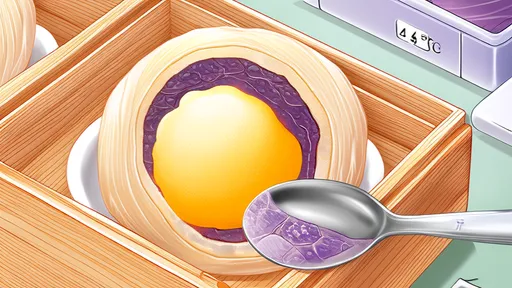
By /Jul 31, 2025

By /Jul 31, 2025

By /Jul 31, 2025

By /Jul 31, 2025

By /Jul 31, 2025

By /Jul 31, 2025

By /Jul 31, 2025
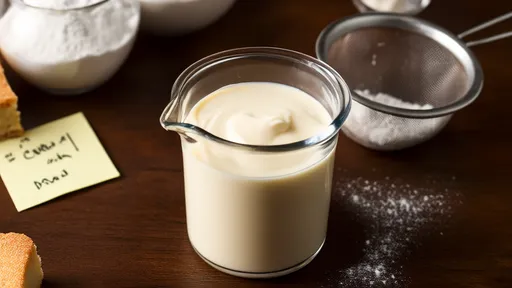
By /Jul 31, 2025

By /Jul 31, 2025

By /Jul 31, 2025

By /Jul 31, 2025
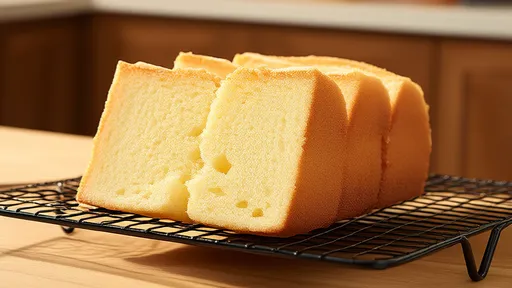
By /Jul 31, 2025

By /Jul 31, 2025
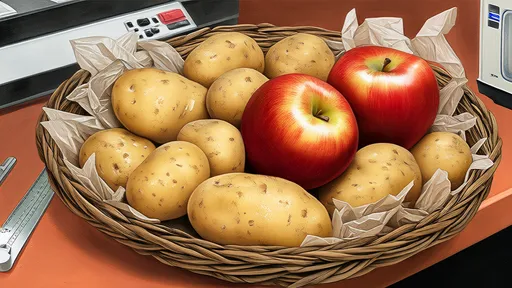
By /Jul 31, 2025
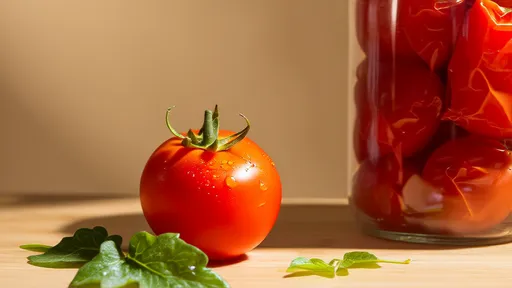
By /Jul 31, 2025
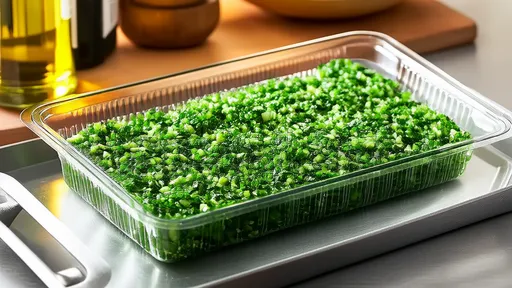
By /Jul 31, 2025